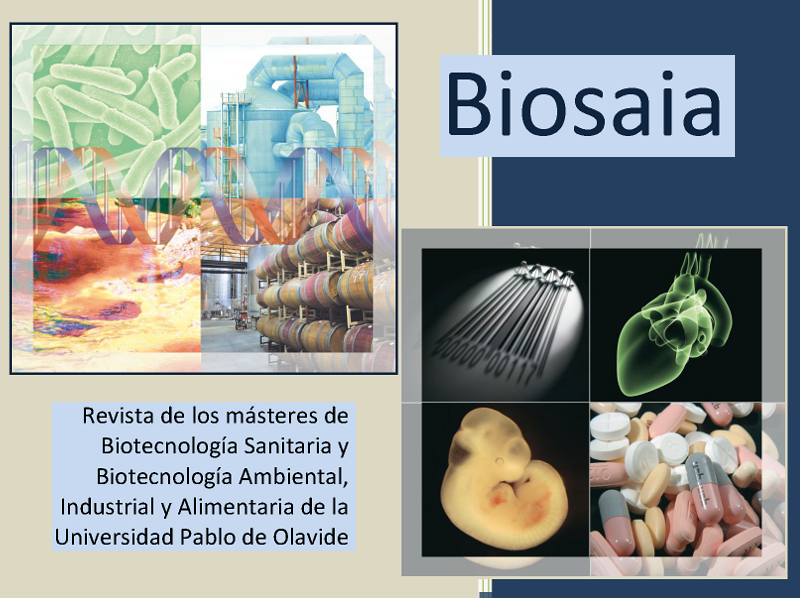Double Trouble: a patient with STAT1 GOF and Down Syndrome
Palabras clave:
STAT1; Interferon receptors; STAT1 gain of function; Down Syndrome.Resumen
Multiple biological processes are regulated by different cytokines through signal transducer and activator of transcription (STAT) factors. The type I interferons (IFN) activate the JAK-STAT pathway, that induces the tyrosine phosphorylation of STAT1 (pSTAT1) and its binding to the DNA to activate transcription of STAT-dependent genes. Gain of function (GOF) mutations in STAT1 result in hyperactivation of STAT1 and upregulation of downstream genes. Patients with STAT1 GOF present a wide spectrum of clinical manifestations characterized by a reduction of circulating Th17 cells and high susceptibility to chronic mucocutaneous candidiasis (CMC).
A cluster of six interferon receptors (IFN-R) genes is required for the detection of the different types of IFN. Four of the six IFN-R genes are located on the human chromosome 21. Down syndrome (DS), or trisomy 21, is one of the most known diseases causing intellectual disability. In addition, DS patients are more frequent to present autoimmune phenotypes and fungal infections like CMC (56-76%). In common with STAT1 GOF, DS patients could suffer from similar autoimmune disorders due to hyperresponsiveness to IFNs.
In this project, the functional impact of both diseases will be analysed in a patient with STAT1 GOF and DS. Freshly isolated PBMCs or whole blood were obtained from a STAT1 GOF and DS patient, her mother and healthy controls. Flow cytometry analysis was conducted on whole blood treated in vitro with IFNα, IFNγ and IL6. Extra and intracellular staining with different antibodies specific for monocytes, STAT1 and pSTAT1 was performed for the study of STAT1 phosphorylation. PBMCs were stimulated with cytokines and qPCR was conducted in order to measure the gene transcription of STAT1, CxCL10, SOCS1, SOCS3, PIAS1 and PIAS3.
The study of the pathogenicity of both diseases, STAT1 and DS, were carried out in a pediatric patient with STAT1 GOF and DS that presented severe disease and her mother who shares the same mutation in STAT1 and mild symptoms. The analysis of the STAT1 and pSTAT1 levels, before and after stimulation, indicated an elevated level in both patients compared with healthy controls. However, the levels of total STAT1 in the pediatric patient showed a greater increase in comparison to her mother. These results could explain part of the severe phenotype in the pediatric patient. Importantly this patient has been receiving treatment for a year which has markedly improved her quality of life.
Descargas
Citas
Toubiana, J., Okada, S., Hiller, J., Oleastro, M., Lagos Gomez, M., Aldave Becerra, J. C., Ouachée-Chardin, M., Fouyssac, F., Girisha, K. M., Etzioni, A., Van Montfrans, J., Camcioglu, Y., Kerns, L. A., Belohradsky, B., Blanche, S., Bousfiha, A., Rodriguez-Gallego, C., Meyts, I., Kisand, K., Reichenbach, J., … International STAT1 Gain-of-Function Study Group (2016). Heterozygous STAT1 gain-of-function mutations underlie an unexpectedly broad clinical phenotype. Blood, 127(25), 3154–3164. https://doi.org/10.1182/blood-2015-11-6799
Zimmerman, O., Olbrich, P., Freeman, A. F., Rosen, L. B., Uzel, G., Zerbe, C. S., ... & Holland, S. M. (2019). STAT1 gain-of-function mutations cause high total STAT1 levels with normal dephosphorylation. Frontiers in immunology, 10, 1433.
Kong, XF., Worley, L., Rinchai, D. et al. Three Copies of Four Interferon Receptor Genes Underlie a Mild Type I Interferonopathy in Down Syndrome. J Clin Immunol 40, 807–819 (2020). https://doi.org/10.1007/s10875-020-00803-9
Descargas
Publicado
Cómo citar
Número
Sección
Licencia

Esta obra está bajo una licencia internacional Creative Commons Atribución-NoComercial-CompartirIgual 4.0.





